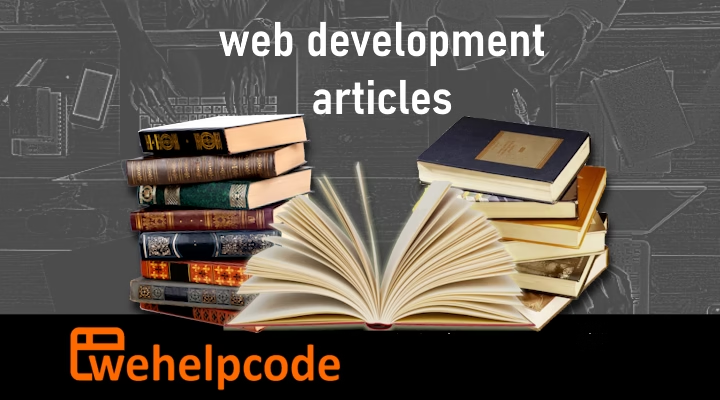REST vs GraphQL: A Battle of API Architectures

Introduction
In the realm of modern application development, APIs (Application Programming Interfaces) serve as the crucial conduits for data exchange between different systems. Two prominent architectures have emerged in this landscape: REST (Representational State Transfer) and GraphQL. While both facilitate data communication, they offer distinct approaches with their own strengths and weaknesses.
Understanding REST
REST is a well-established architectural style that leverages HTTP methods (GET, POST, PUT, DELETE) to interact with resources represented by URLs. It follows a stateless approach, meaning each request is independent of the others. REST APIs are often characterized by:
- Multiple Endpoints: Each resource typically has its own endpoint.
- Fixed Data Structures: Responses are predetermined by the server.
- Over-fetching or Under-fetching: Clients may receive more or less data than required.
- Caching: Effective caching mechanisms can be implemented.
GraphQL: A Modern Approach
GraphQL is a query language and runtime for APIs that empowers clients to request precisely the data they need. It operates on a single endpoint and provides a flexible approach to data fetching. Key features of GraphQL include:
- Single Endpoint: All requests are made to a single GraphQL endpoint.
- Client-Defined Data: Clients specify the exact data they require.
- Strong Typing: GraphQL uses a schema to define available data and its structure.
- Efficient Data Fetching: Eliminates over-fetching and under-fetching issues.
Comparing REST and GraphQL
| Feature | REST | GraphQL |
| Data Fetching | Multiple endpoints, fixed data structures | Single endpoint, client-defined data |
| Efficiency | Potential over-fetching or under-fetching | Efficient data fetching |
| Flexibility | Less flexible | Highly flexible |
| Complexity | Simpler to implement | More complex to implement |
| Learning Curve | Easier to learn | Steeper learning curve |
When to Use REST or GraphQL
The choice between REST and GraphQL depends on specific project requirements.
- REST:
- Simple data models
- Well-defined resources
- Performance-critical applications
- Existing infrastructure heavily invested in REST
- GraphQL:
- Complex data relationships
- Frequently changing requirements
- Client-driven data needs
- Real-time updates
Conclusion
Both REST and GraphQL have their merits and are suitable for different use cases. As the complexity of applications grows, GraphQL’s flexibility and efficiency become increasingly attractive. However, REST remains a solid choice for simpler scenarios and established systems. Ultimately, the best approach depends on your project’s unique needs and constraints.
By understanding the core differences between REST and GraphQL, you can make informed decisions to build APIs that effectively meet the requirements of your applications.
